Home>Ideas and Tips>Upgrading Your Attic Insulation: A Comprehensive Guide
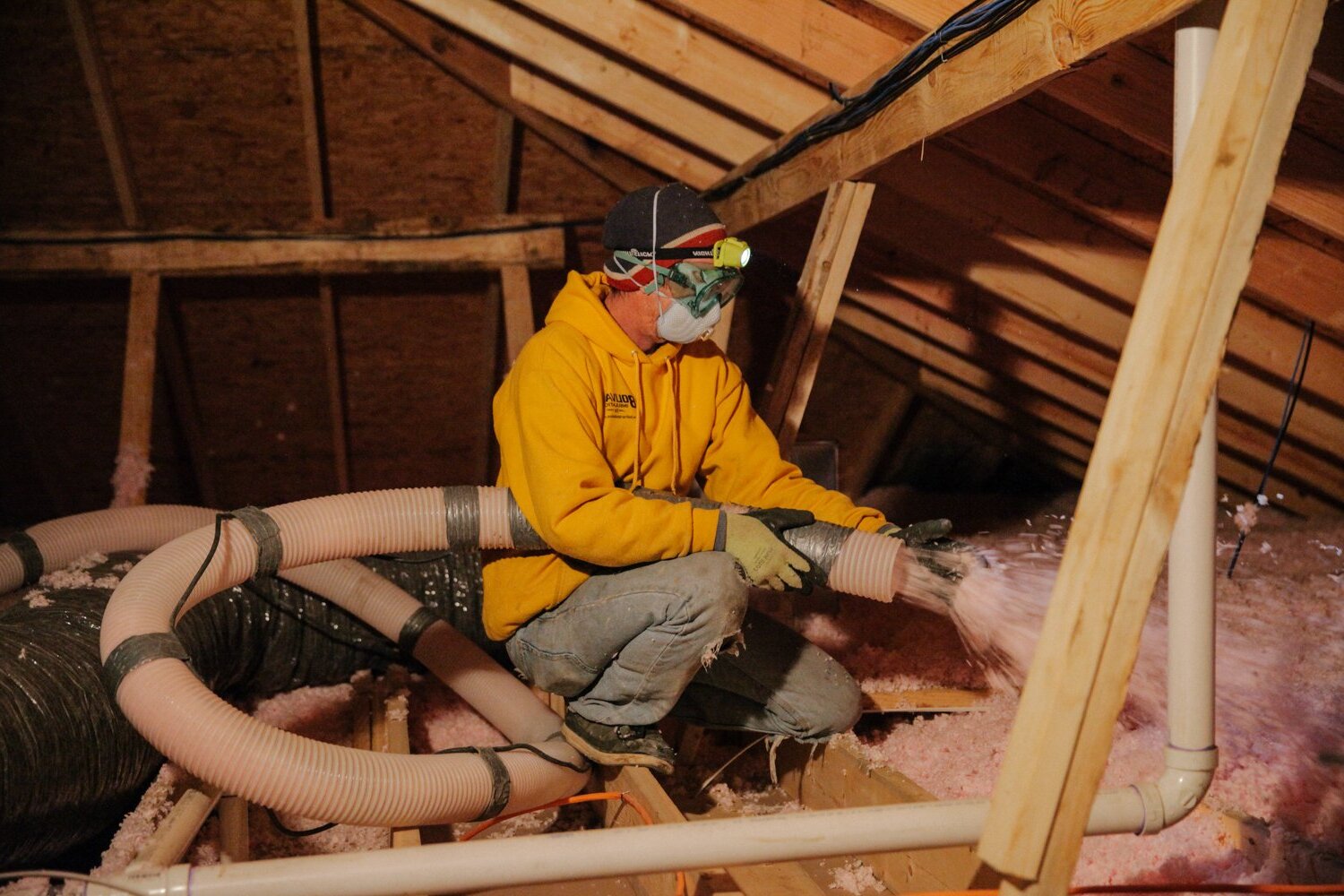

Ideas and Tips
Upgrading Your Attic Insulation: A Comprehensive Guide
Modified: October 23, 2024
Discover how to upgrade your attic insulation for better energy efficiency, comfort, and savings. Follow our comprehensive guide for optimal results.
(Many of the links in this article redirect to a specific reviewed product. Your purchase of these products through affiliate links helps to generate commission for Storables.com, at no extra cost. Learn more)
Upgrading your attic insulation is one of the most effective ways to improve the comfort and energy efficiency of your home. Properly insulating your attic can significantly reduce your energy bills, enhance indoor air quality, and even increase the resale value of your property. In this comprehensive guide, we will walk you through the steps involved in upgrading your attic insulation, including evaluating your current insulation, choosing the right type of insulation, and ensuring proper installation.
Evaluating Your Current Attic Insulation
Before you can upgrade your attic insulation, it is crucial to evaluate what you are working with. This step is often overlooked but is essential for determining the best course of action.
Inspecting Insulation
To start, grab a flashlight and head up to your attic. Look around and take note of any areas where insulation is missing, damaged, or appears wet. These signs indicate that your insulation is not doing its job effectively. Wet insulation, in particular, can be a sign of moisture issues that need to be addressed before proceeding with any upgrades.
Measuring Thickness
Next, grab a ruler or tape measure and gently press it down into the insulation until you hit the attic floor. Write down the measurement. This tells you how thick your insulation is, which is a significant clue about its effectiveness. The recommended thickness varies by climate and region, but generally, a minimum of 11 inches of insulation is recommended in colder climates.
Step-by-Step Guide to Upgrading Attic Insulation
Upgrading your attic insulation is a straightforward process that can be broken down into several manageable steps.
1. Sealing Air Leaks
Before adding new insulation, it is crucial to seal any air leaks. These leaks let warm air escape in the winter and enter in the summer, making your HVAC system work harder. Common spots include around light fixtures, at the top of interior walls, and where wires or pipes go through the ceiling. Use caulk for small gaps and expanding foam for larger spaces. Don't forget to seal the attic hatch or door as well.
2. Choosing Insulation Material
Deciding on the type of insulation is a critical step. Each type has its pros and cons, and choosing the right one for your needs is essential.
- Fiberglass Batt Insulation: This is an eco-friendly option that is easy to install yourself. It is also soundproof, making it a good choice for homes with noise issues.
- Blown-In Fiberglass Insulation: This offers excellent energy efficiency and fills the attic better, ensuring an air-tight seal. It is particularly effective in areas with high ceilings.
- Blown-In Cellulose: Made from recycled materials, this type of insulation has a higher R-value, reducing wind-washing. It is also less likely to settle over time.
- Spray Foam Insulation: This provides long-term performance, adds structural support, and has a high R-value. It is more expensive but offers superior insulation properties.
3. Professional vs. DIY Installation
Deciding whether to hire a professional or do it yourself (DIY) is another important consideration.
- DIY: If you are comfortable moving around in your attic and handling the installation, DIY can save you money. However, ensure you have the right safety gear and tools. Always follow the manufacturer’s instructions carefully.
- Professional: For those who prefer not to crawl around in attics or deal with the nitty-gritty of insulation, hiring a professional is the way to go. They can handle everything quickly and efficiently, ensuring that the job is done correctly and safely.
4. Preparing Your Attic
Whether you are going DIY or hiring help, your attic needs to be ready.
- Clear the Space: Remove any stored items and provide clear access to the areas needing insulation. This will make the installation process smoother and safer.
- Check Ventilation: Ensure your attic has proper ventilation. This helps prevent moisture buildup, which can lead to mold and other issues.
5. Installation
Once your attic is prepared, it’s time for the installation.
- DIY Installation: Follow the manufacturer’s instructions carefully. Wear protective clothing, and don’t forget to evenly distribute the insulation. Make sure to cover all areas thoroughly.
- Professional Installation: A professional will assess your attic, prepare the space, and install the insulation. They will also take care of any tricky spots and ensure everything is up to code.
Benefits of Upgrading Your Attic Insulation
Upgrading your attic insulation offers numerous benefits that can significantly enhance your home's comfort and energy efficiency.
1. Increased Comfort
Sufficient attic insulation helps maintain a cooler atmosphere in summer and a warmer environment in winter, enhancing year-round comfort. By creating a thermal boundary between your home and the outside temperature, insulation keeps outside temperatures out and inside air in.
2. Reduced Energy Costs
Insulation cuts heating and cooling expenses by up to 30%, leading to significant savings on energy bills. According to one study, homeowners could save up to 45% with the right insulation and air sealing upgrades.
3. Improved Indoor Air Quality
Installing new insulation and proper ventilation minimizes dust, pollen, and allergens, fostering a healthier indoor environment. Proper ventilation helps prevent moisture buildup, which can lead to mold and other indoor air quality issues.
4. Extended Roof Life
Correctly installed insulation prevents ice dams and moisture damage, preserving the integrity of your roof and increasing its lifespan. Moisture buildup can cause shingles to deteriorate faster, leading to costly repairs.
5. Increased Resale Value
A maintained attic enhances the attractiveness of your home to potential buyers, consequently boosting its resale value. According to a 2016 report from Remodeling magazine, homeowners can recoup an average of 116% of the cost of their attic insulation upgrade.
6. Reduced Noise
Insulation diminishes noise levels from both external and internal sources, contributing to a quieter living space. This is particularly beneficial for homes with noise issues or those located near busy roads.
7. Protected Pipes and Wiring
Attic insulation safeguards pipes and wiring from temperature-related damage. Extreme temperatures can cause pipes to freeze or wiring to degrade, leading to costly repairs.
8. Pest Control
Insulation acts as a deterrent against pests, such as rodents and insects, preventing infestations. Pests often seek out warm and cozy spaces, making attics an attractive target.
9. Lowered Environmental Impact
Sufficient insulation lowers your carbon footprint by reducing reliance on fossil fuels for heating and cooling. This contributes to a more sustainable home environment.
10. Fire Protection
Certain types of insulation are flame retardant and slow the spread of flames, contributing to the overall fire safety of your home. Properly installed insulation can help prevent fires from spreading quickly through the attic.
When to Upgrade Your Attic Insulation
Determining when it’s time for an insulation upgrade can be tricky since it’s not as obvious as with missing shingles on your roof or cracked siding. However, there are several signs that indicate it’s time to replace or upgrade your home’s insulation:
- Increase in Dust: If you notice an increase in dust in your home, it could be a sign that your insulation is not doing its job effectively.
- Uneven Temperatures: Noticeably uneven temperatures in areas of your home that used to feel fine can indicate poor insulation.
- Cold Drafts: Cold drafts in the winter or stuffy rooms in the summer are clear signs that your attic insulation needs an upgrade.
- HVAC Issues: If your HVAC system can’t keep your house comfortable, it may be due to inadequate attic insulation.
- Visible Deterioration: Visible deterioration in your attic insulation, such as moisture, discoloration, or crumbling pieces, is a clear indication that it’s time for an upgrade.
Choosing the Right Insulation for Your Home
With so many types of insulation available, choosing the right one for your home can be overwhelming. Here’s a brief overview of the most common types:
- Fiberglass Batt Insulation: This is one of the most common types of insulation and is easy to install. It’s eco-friendly and soundproof, making it a good choice for many homeowners.
- Blown-In Fiberglass Insulation: This type of insulation offers excellent energy efficiency and fills the attic better, ensuring an air-tight seal. It’s particularly effective in areas with high ceilings.
- Blown-In Cellulose: Made from recycled materials, this type of insulation has a higher R-value, reducing wind-washing. It’s also less likely to settle over time.
- Spray Foam Insulation: This provides long-term performance, adds structural support, and has a high R-value. It’s more expensive but offers superior insulation properties.
Maximizing the Effectiveness of Your Insulation
To maximize the effectiveness of your insulation, it’s essential to ensure proper installation and maintenance. Here are some tips:
- Regular Inspections: Schedule regular inspections to check for any signs of wear or damage.
- Air Sealing: Ensure that all air leaks are sealed to prevent conditioned air from escaping.
- Proper Ventilation: Ensure your attic has proper ventilation to prevent moisture buildup.
- Layering Insulation: Consider layering different types of insulation to achieve optimal results.
Conclusion
Upgrading your attic insulation is a cost-effective home improvement project that offers numerous benefits, including increased comfort, reduced energy costs, improved indoor air quality, extended roof life, increased resale value, reduced noise, protected pipes and wiring, pest control, lowered environmental impact, and fire protection. By following the steps outlined in this guide—evaluating your current insulation, choosing the right type of insulation, preparing your attic, and ensuring proper installation—you can significantly enhance your home’s energy efficiency and comfort. Whether you choose to DIY or hire a professional, the important thing is to ensure your attic is well-insulated and sealed. This will lead to significant energy savings and a more comfortable home year-round.
Was this page helpful?
At Storables.com, we guarantee accurate and reliable information. Our content, validated by Expert Board Contributors, is crafted following stringent Editorial Policies. We're committed to providing you with well-researched, expert-backed insights for all your informational needs.
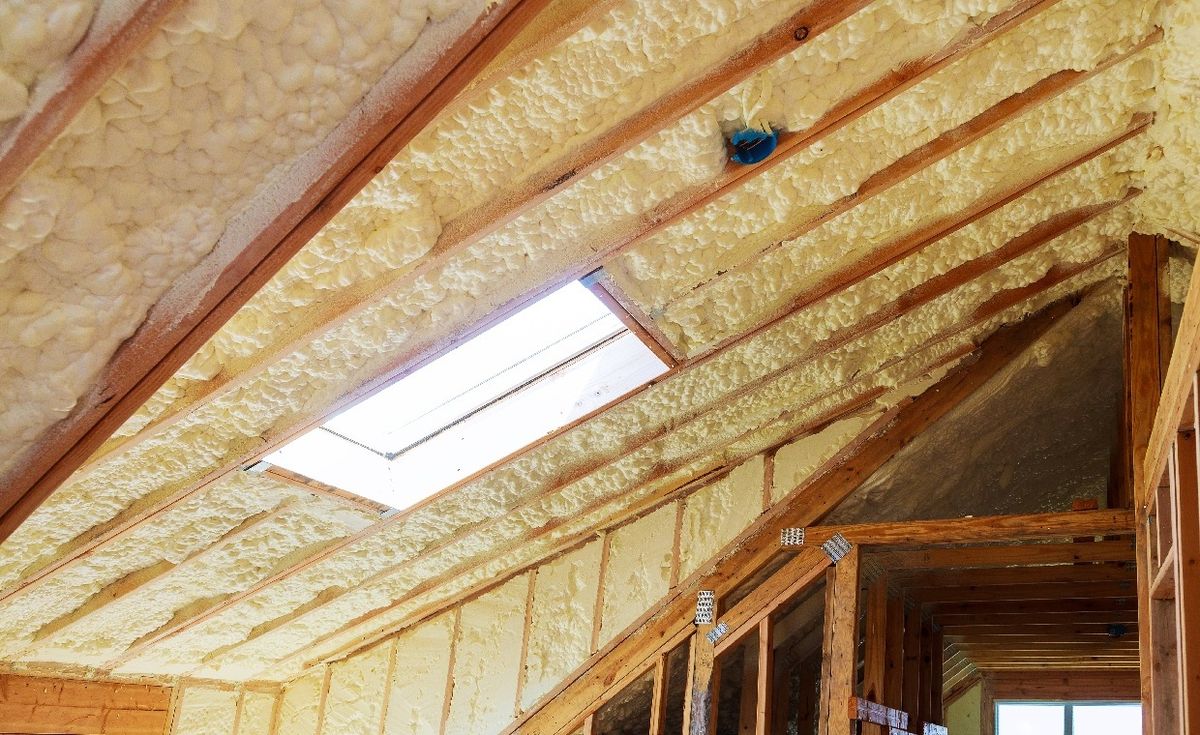

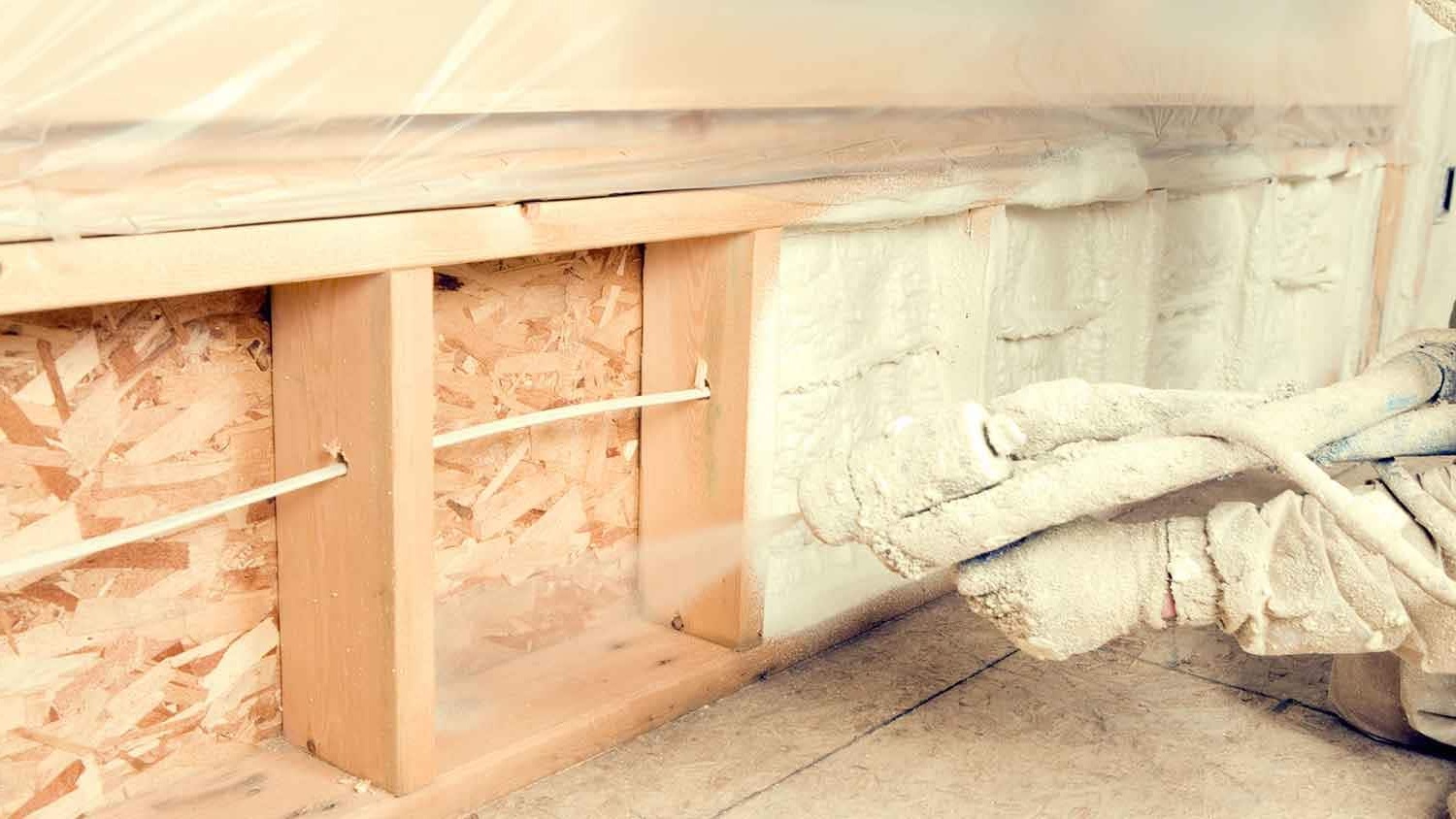
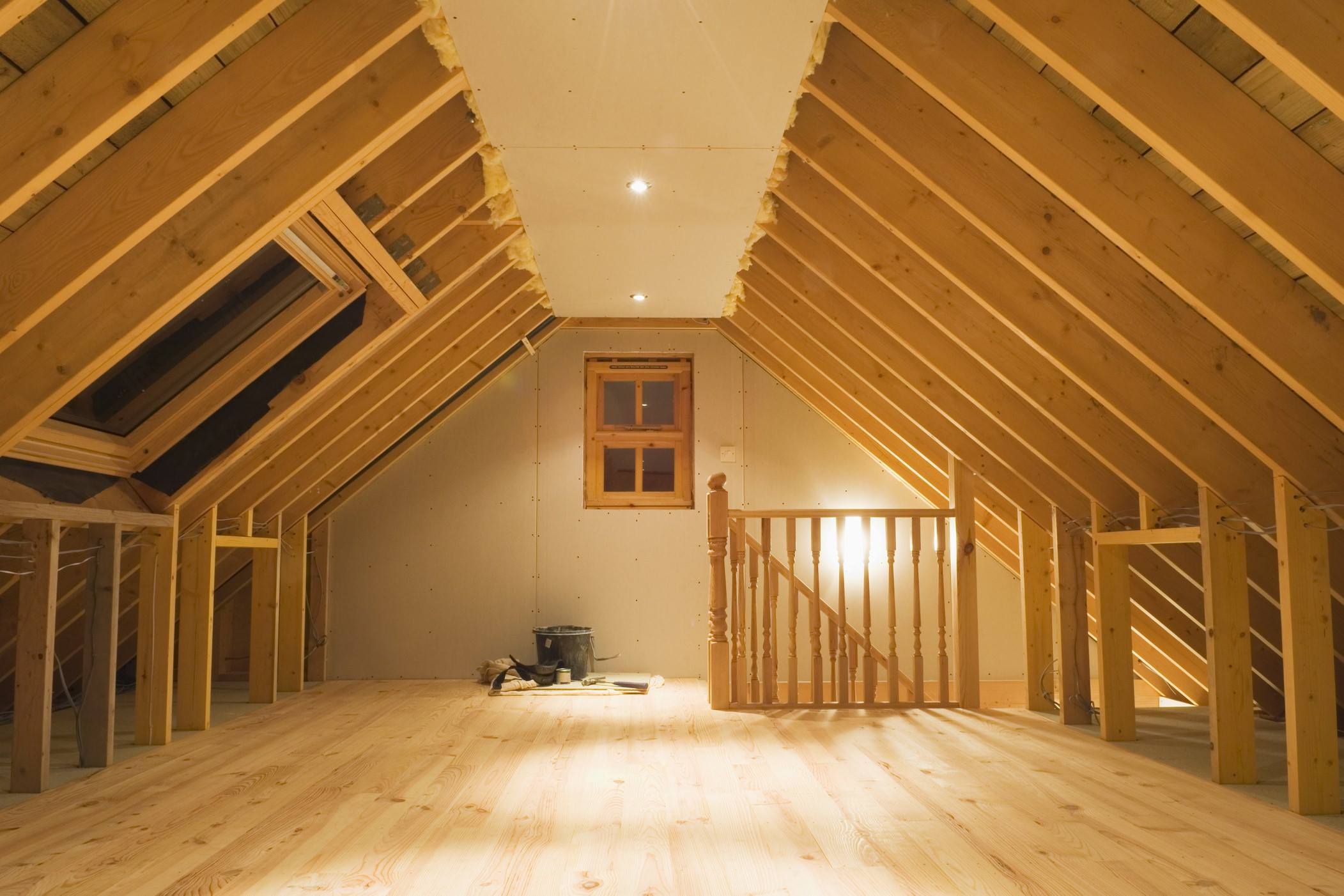

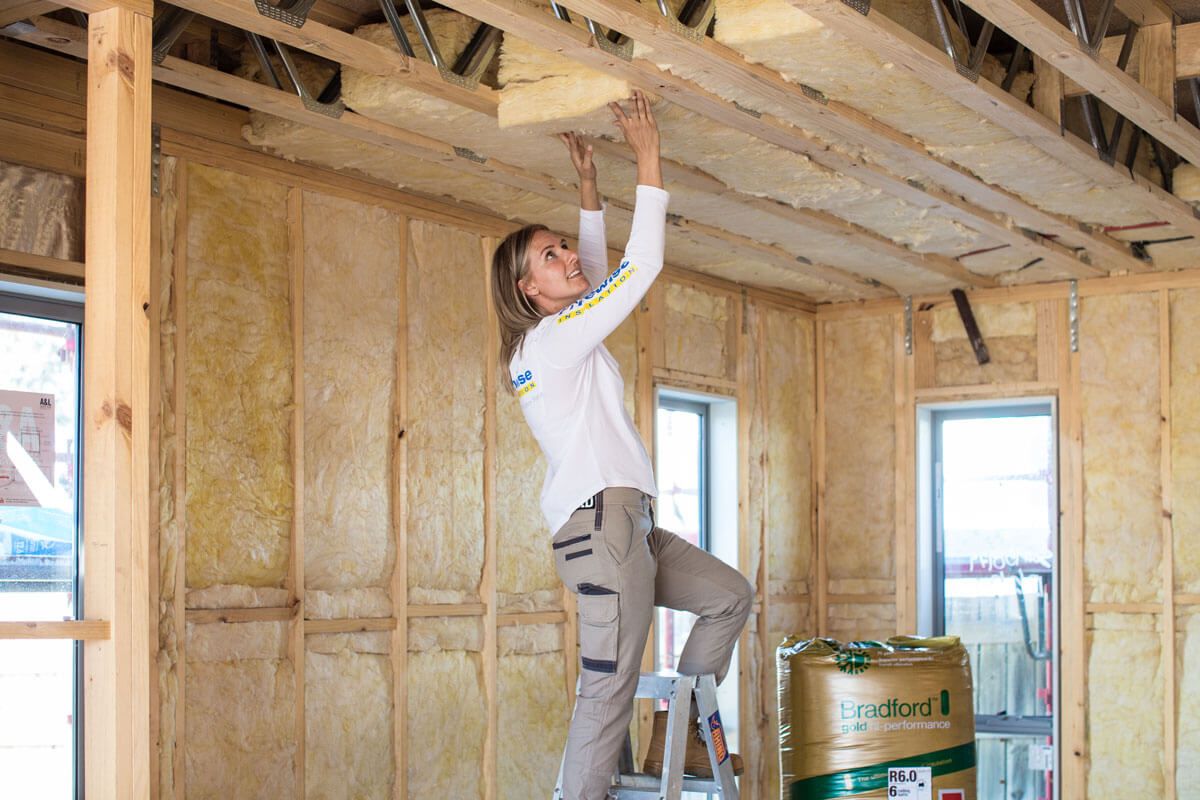
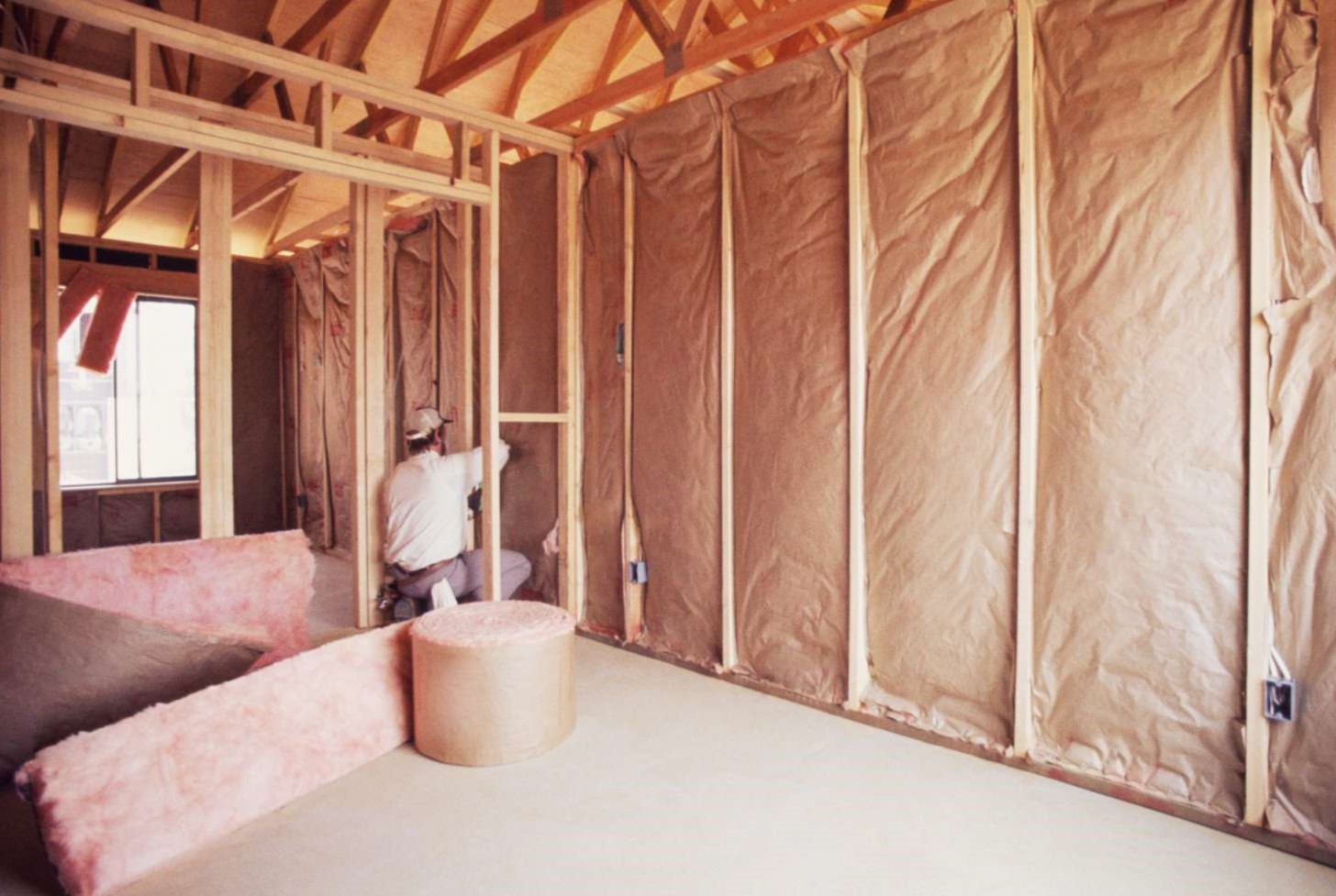
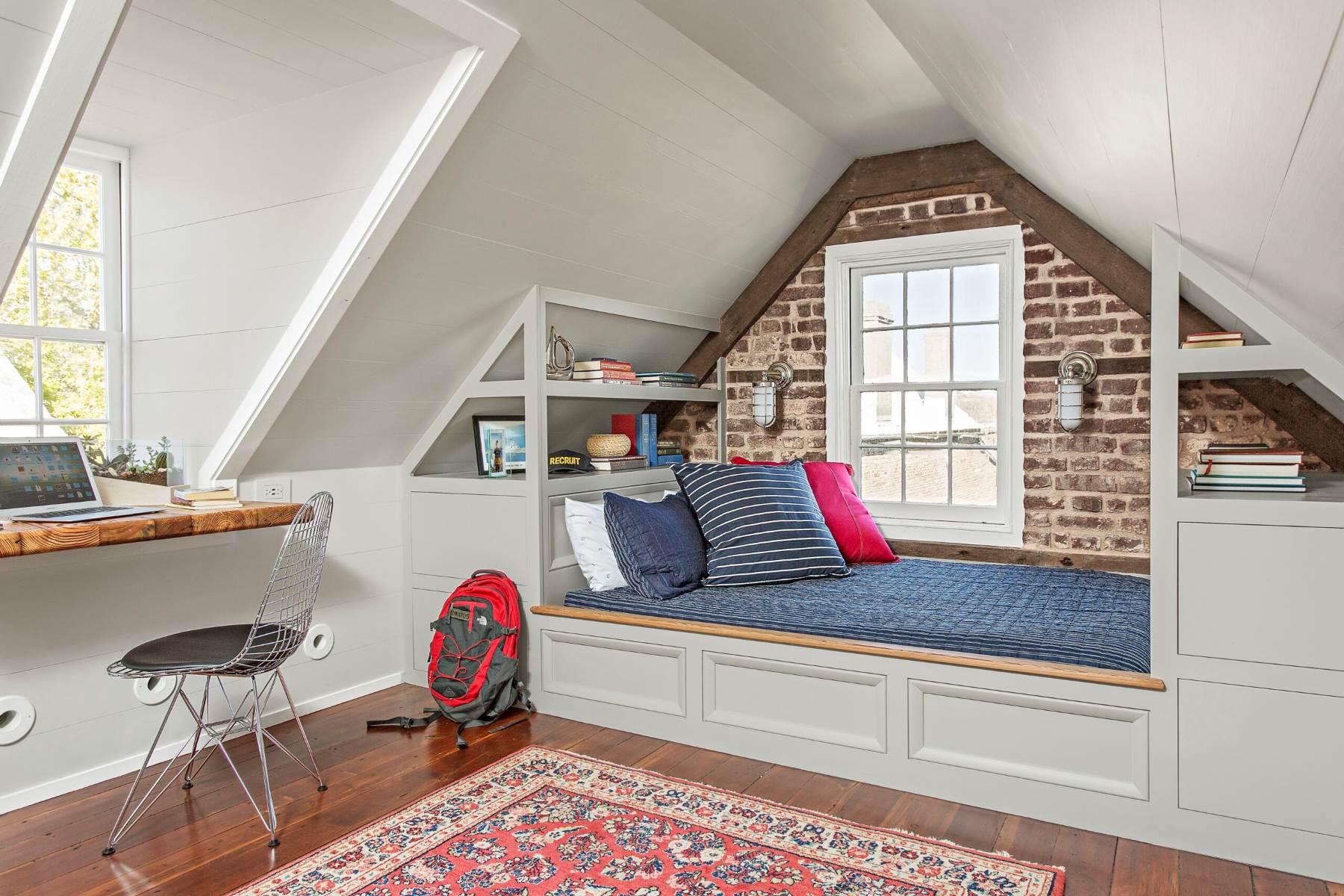
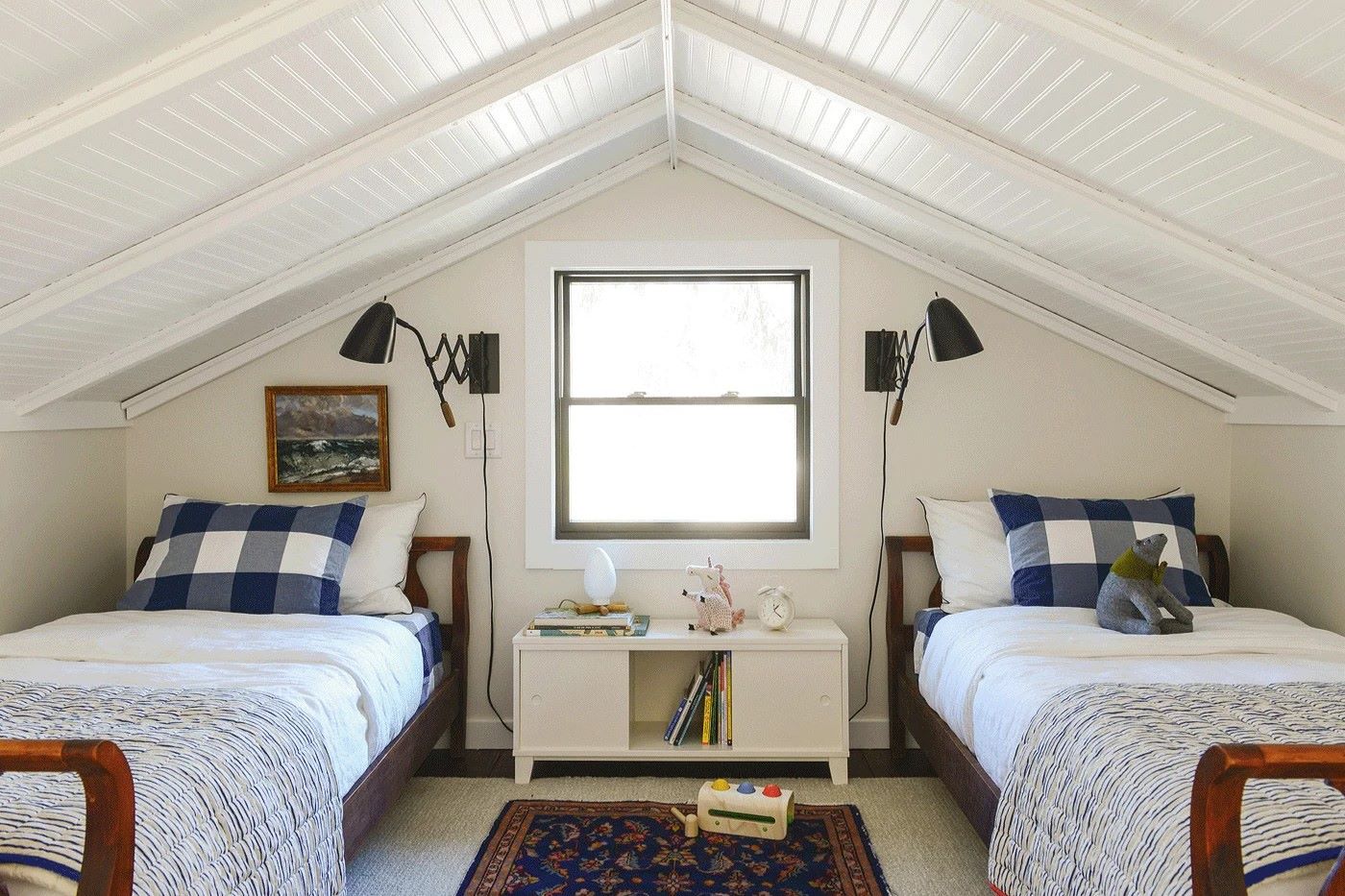
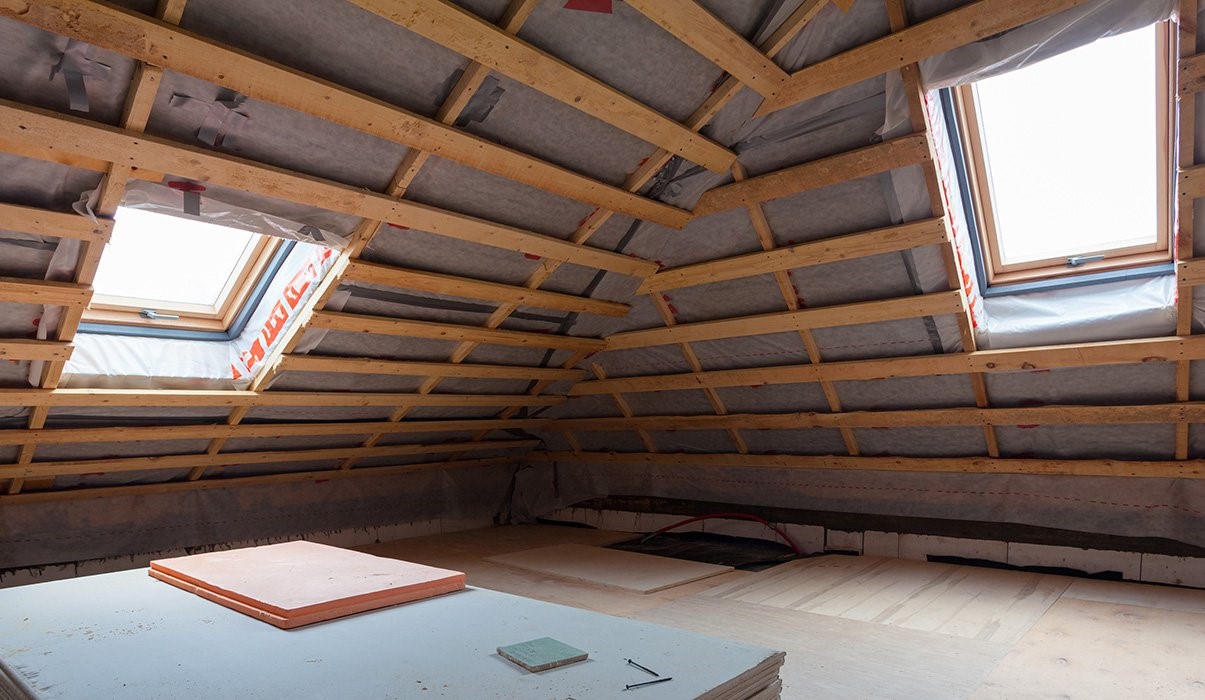

0 thoughts on “Upgrading Your Attic Insulation: A Comprehensive Guide”